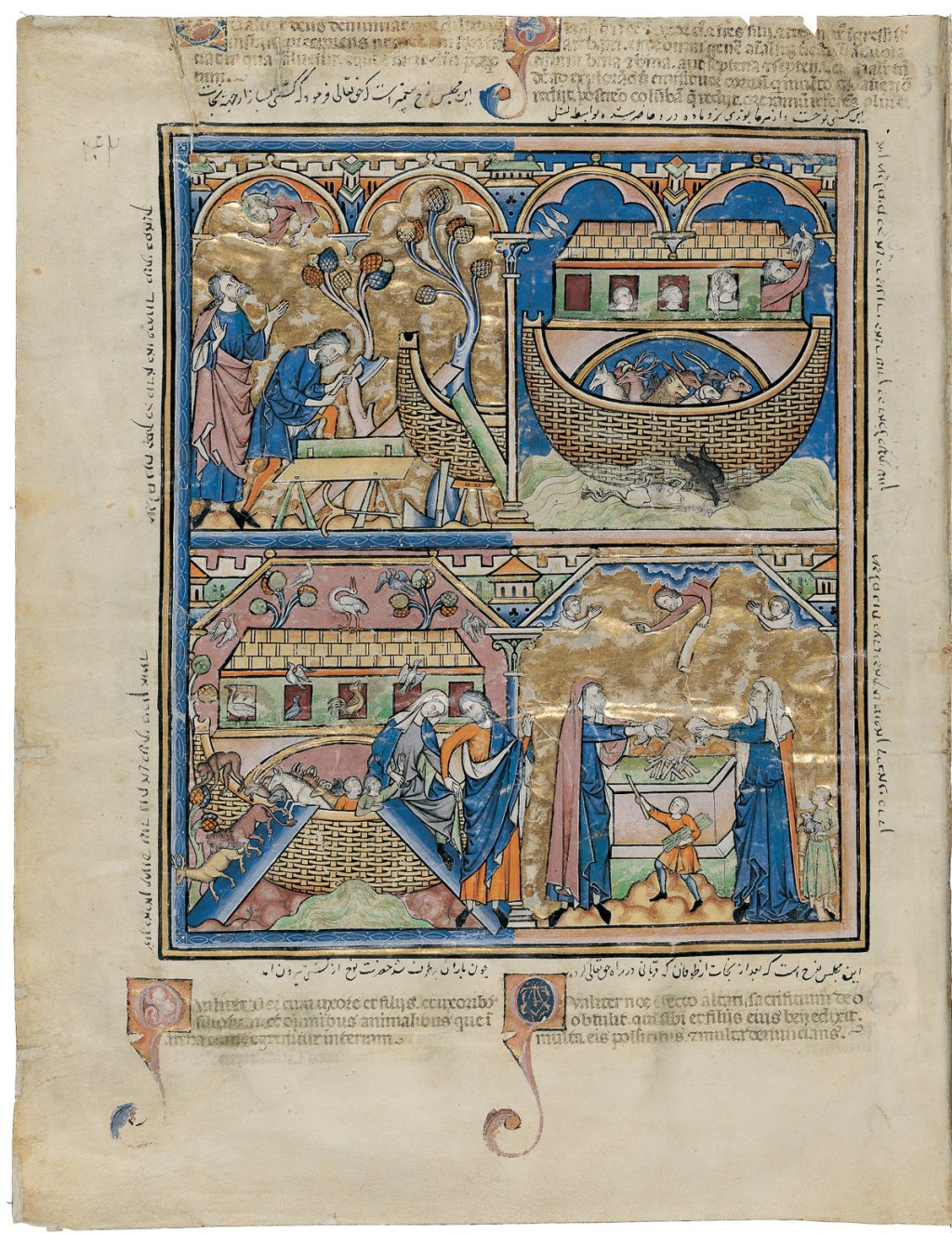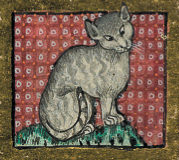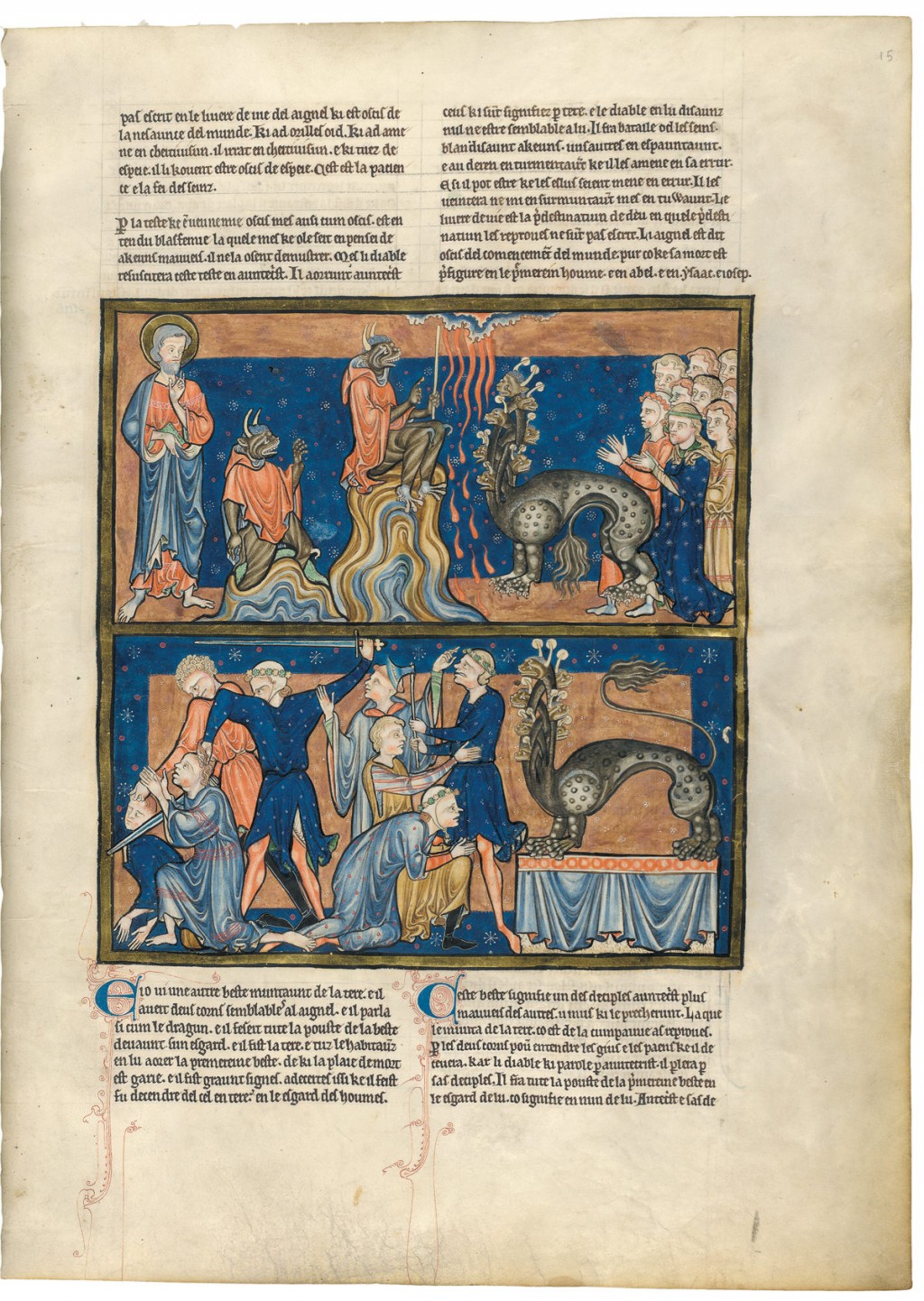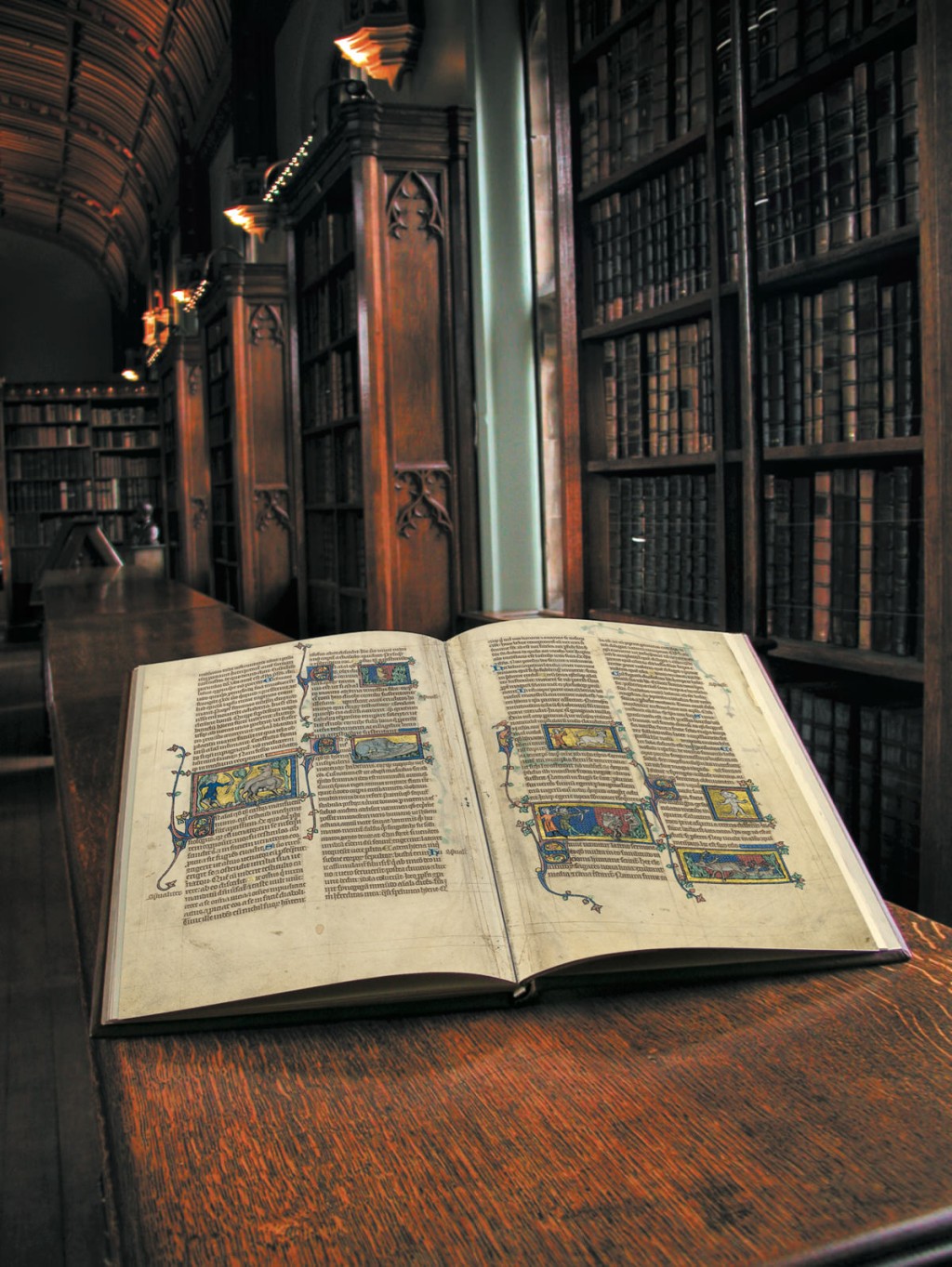Gothic illumination is one of the finest in medieval books: that’s why it was doubtlessly worth it for Faksimile Verlag to put a great effort into the reproduction of some remarkable representatives of Gothic art.
Saint Louis and the French Gothic
Faksimile Verlag has always concerned itself with the evolution of French book painting, which so often played a pioneering role in the history of art. Hence, it made sense, as early as 1995, to devote every attention to that French king who originated the French royal family’s bibliophilia and to whom we owe so many unusual illuminated manuscripts: Louis IX, Saint Louis.
His Crusader’s Bible, laid out exclusively as a pictorial bible and formerly known as the Shah Abbas Bible, is fascinating in that we suspect that its painters were the Masters of the Sainte Chapelle. They carried their monumental narrative style over into the painting of books.

During its turbulent history, the manuscript, with subsequently added Latin, Persian and Judeo-Persian picture texts, lost two fragments (kept in the Bibliothéque nationale de France and the J. Paul Getty Museum in Los Angeles) which could only be reunited with the main element thanks to the facsimile edition (today in the Pierpont Morgan Library, New York).

Only a few decades after Louis IX was canonized, the young French queen Jeanne d’Evreux received the gift of a book of hours, half of which was dedicated to her great-great-grandfather’s miraculous deeds. But the significance of the Hours of Jeanne d’Evreux (The Metropolitan Museum of Art, The Cloisters, New York) lies not only in this testament to the early veneration of Saint Louis, but also in the fineness of its approximately 700 grisaille illustrations, which Jean Pucelle added as decoration next to the manuscript’s small, but brilliant miniatures. Had it not been for technical innovations, it would have been impossible to release this treasure to the world of scholarship and bibliophilia.
For the first time, a facsimile can be experienced under the magnifying glass without any discernible difference, as if it were the original.
Gothic in England
The new Gothic art spreading from France during the 13th century sent the well-developed English book arts off in new directions like no other style.

Besides the Lambeth Apocalypse, which had some time ago been reproduced, the exceedingly rich Trinity Apocalypse, the most famous of all apocalypses from the Gothic era, is an imposing example of this book painting. On 71 large-format miniatures with more than 100 individual pictures, it illustrates all aspects of English Gothic.
During the second half of the 13th century, a book painter, William de Brailes, stepped out of anonymity for the first time.
This artist created a wonderful picture cycle for the Old and New Testament, which today is divided between two continents.
In the internationally renowned facsimile edition, the Oxford Bible Pictures, decorated with finely chased gold leaf, are united again. The marvelous ivory cover also makes this work a jewel of modern book art.

The Peterborough Bestiary shows us wonders of the animal world in 104 Gothic miniatures. This book of animals, illustrating knowledge from Antiquity up to Isidore of Seville in text and pictures, not only shows clearly the Gothic era’s understanding of nature, but also conveys to us the medieval symbolic world of the fauna like no other illuminated manuscript has done.
Conclusions
The challenges of Gothic art were many, but it was also too beautiful a style to be left dormant in an inaccessible collection. We are so very lucky that publishers decided to gift us with these jewels of the Gothic illumination! What do you think? Any favorite? Leave a comment and let us know!
Read more…
- The Story of Faksimile Verlag, Publisher of Fine Facsimile Editions – part 1
- Facsimiles and the Role of Illuminated Manuscripts: the Story of Faksimile Verlag – part 2
- What is a Facsimile: the Story of Faksimile Verlag – part 3
- How it All Began: the Story of Faksimile Verlag – part 4
- From Analog to Digital: the Story of Faksimile Verlag – part 5
- The Making Process of a Facsimile: the Story of Faksimile Verlag – part 6
- Challenges and Magic of Facsimile Production: the Story of Faksimile Verlag – part 7
- Binding, Paper, and Commentary: the Story of Faksimile Verlag – part 8
- Treasures of the Past: the Story of Faksimile Verlag – part 9
- Gems of the Middle Ages: the Story of Faksimile Verlag – part 10
- Flemish, Burgundian, and Biblical Art: the Story of Faksimile Verlag – part 11
- Middle Ages through the Manuscripts: the Story of Faksimile Verlag – part 12
- The Challenges of Gothic Art: the Story of Faksimile Verlag – part 13
- Ottonian and Charlemagne’s Art: the Story of Faksimile Verlag – part 14


